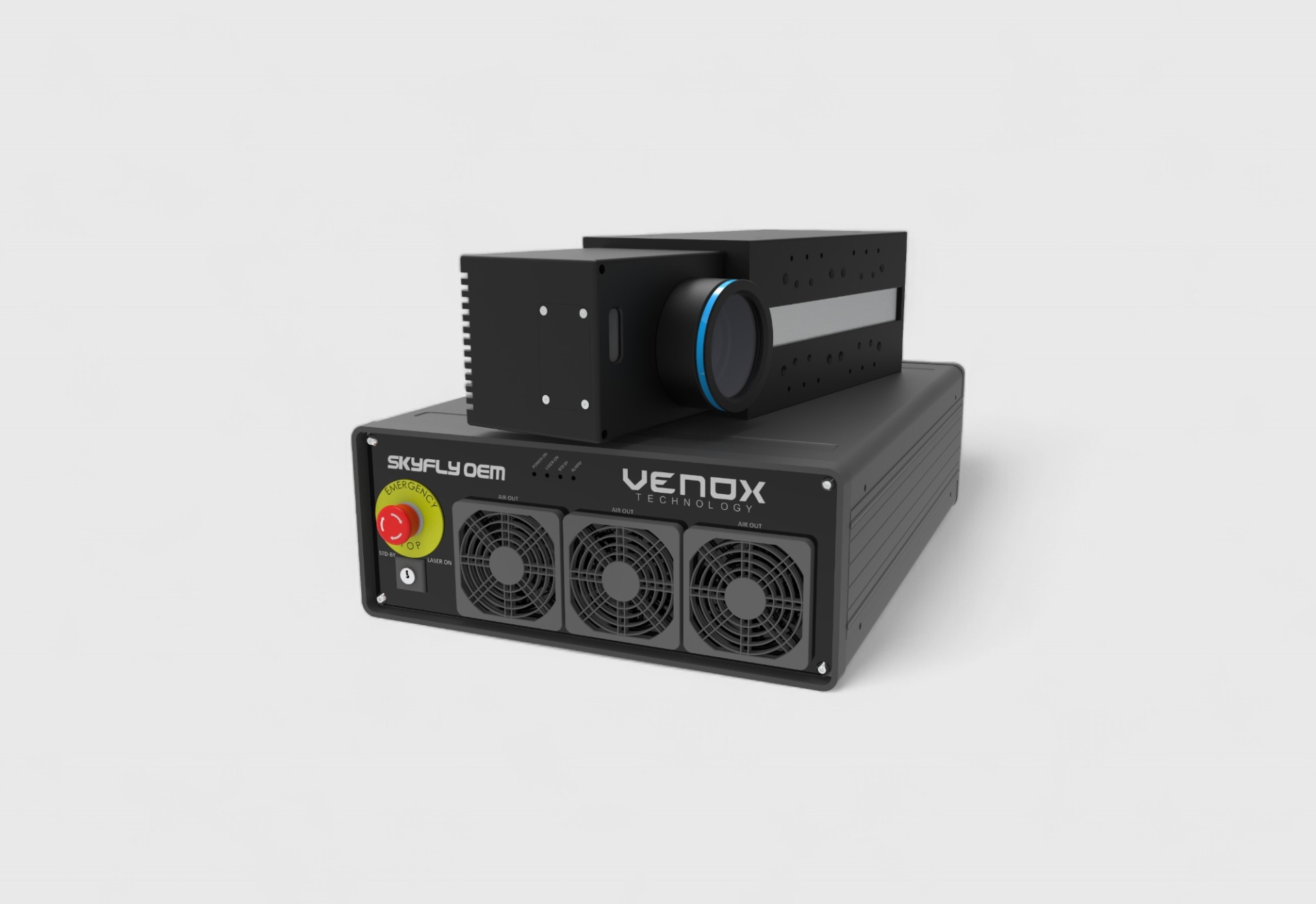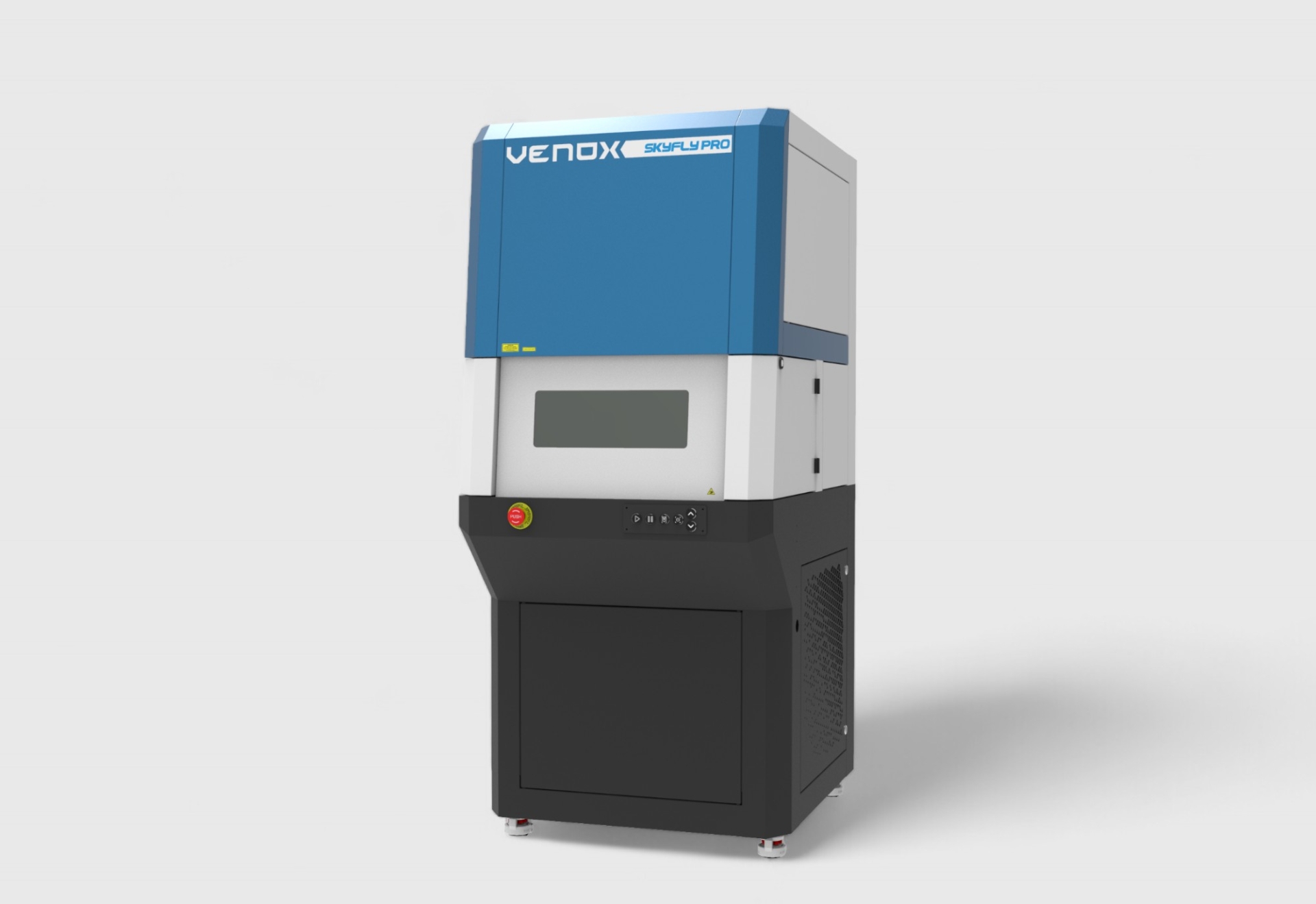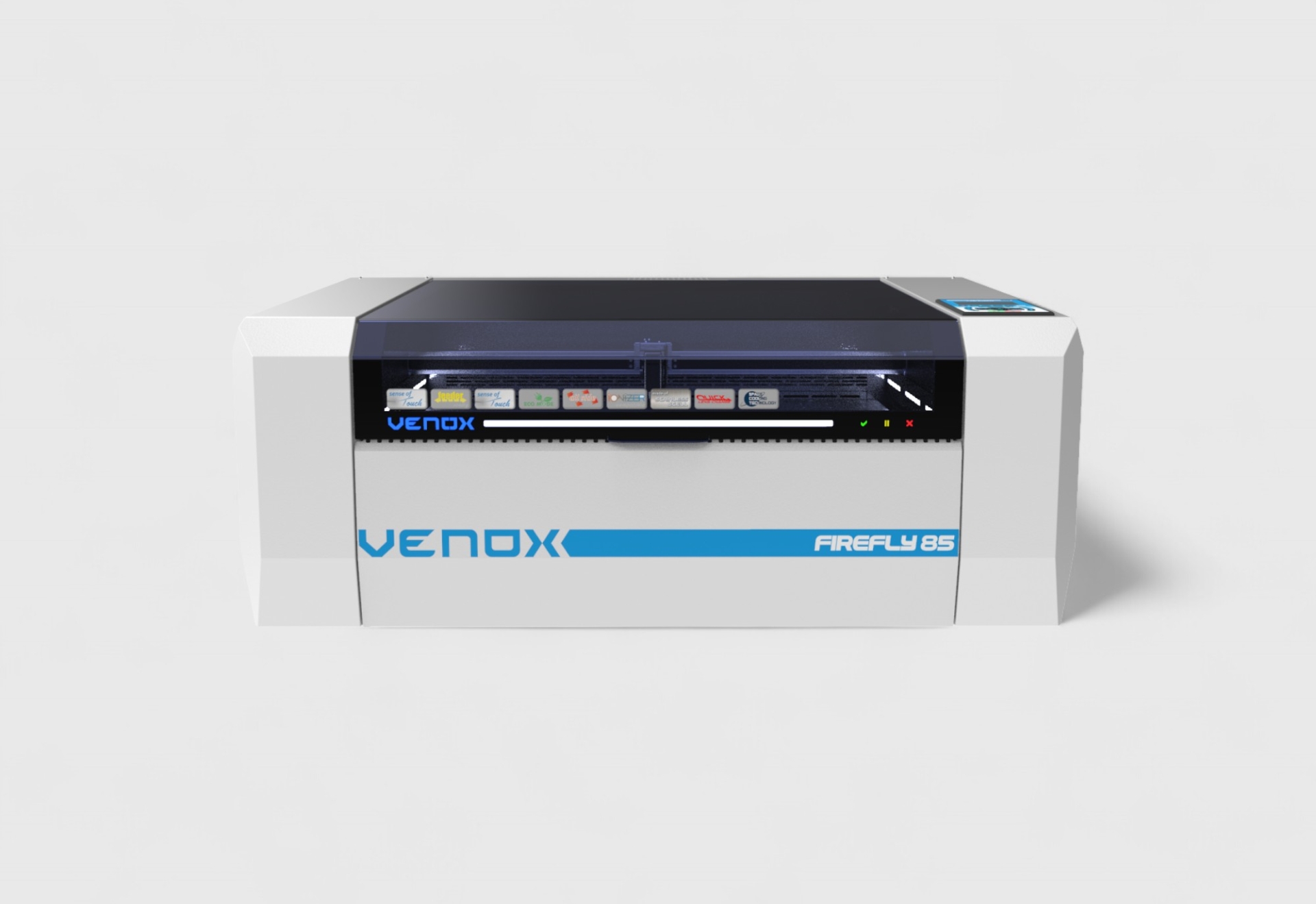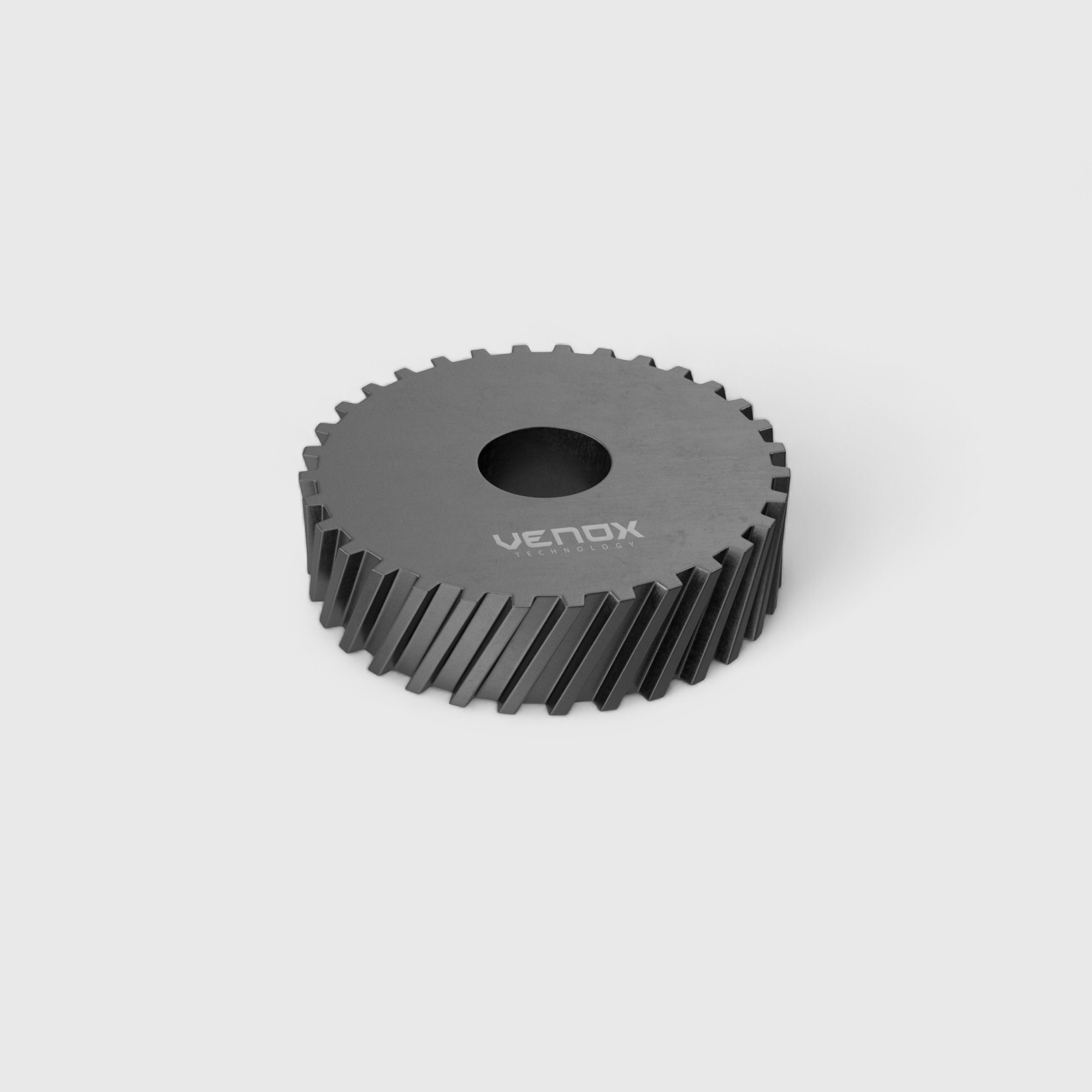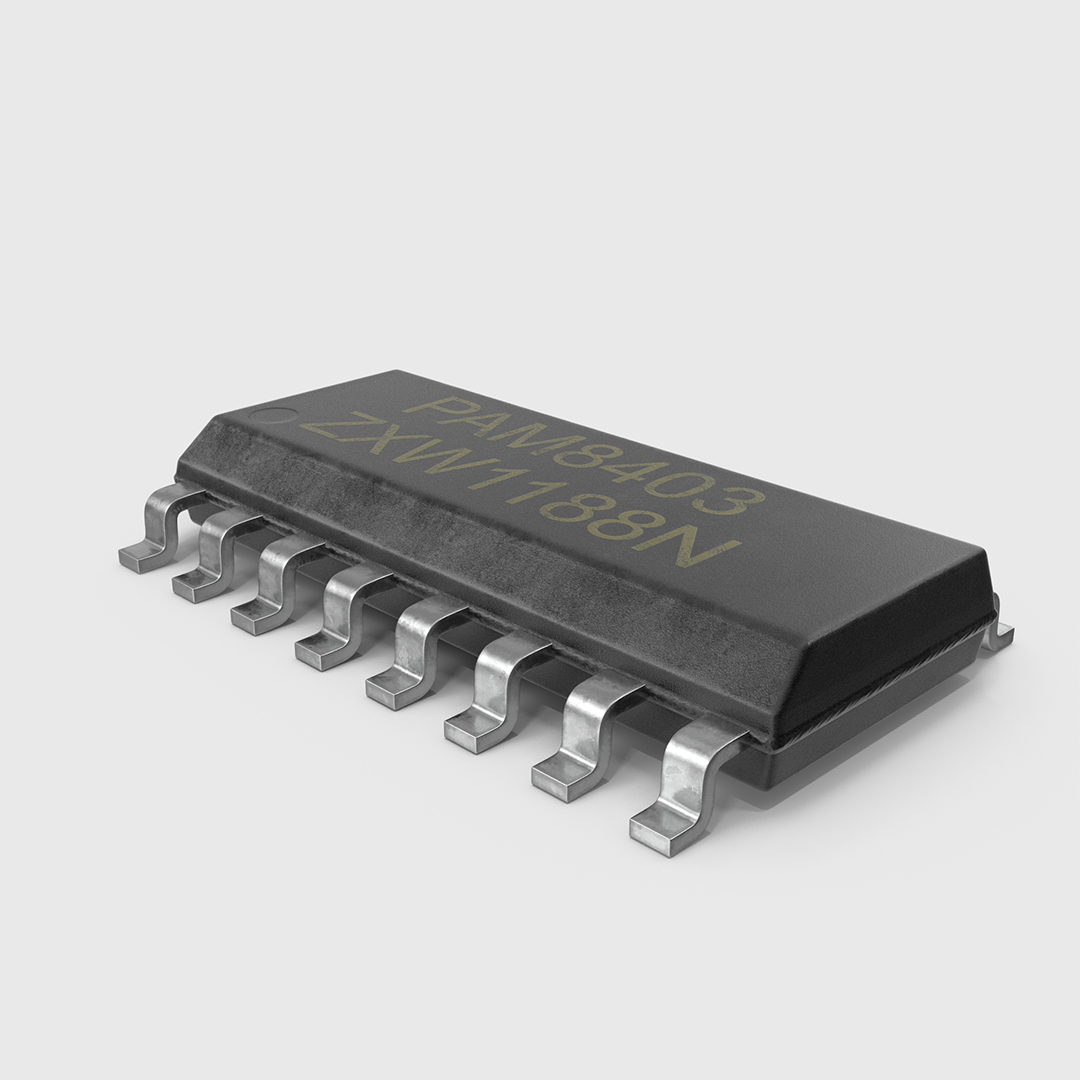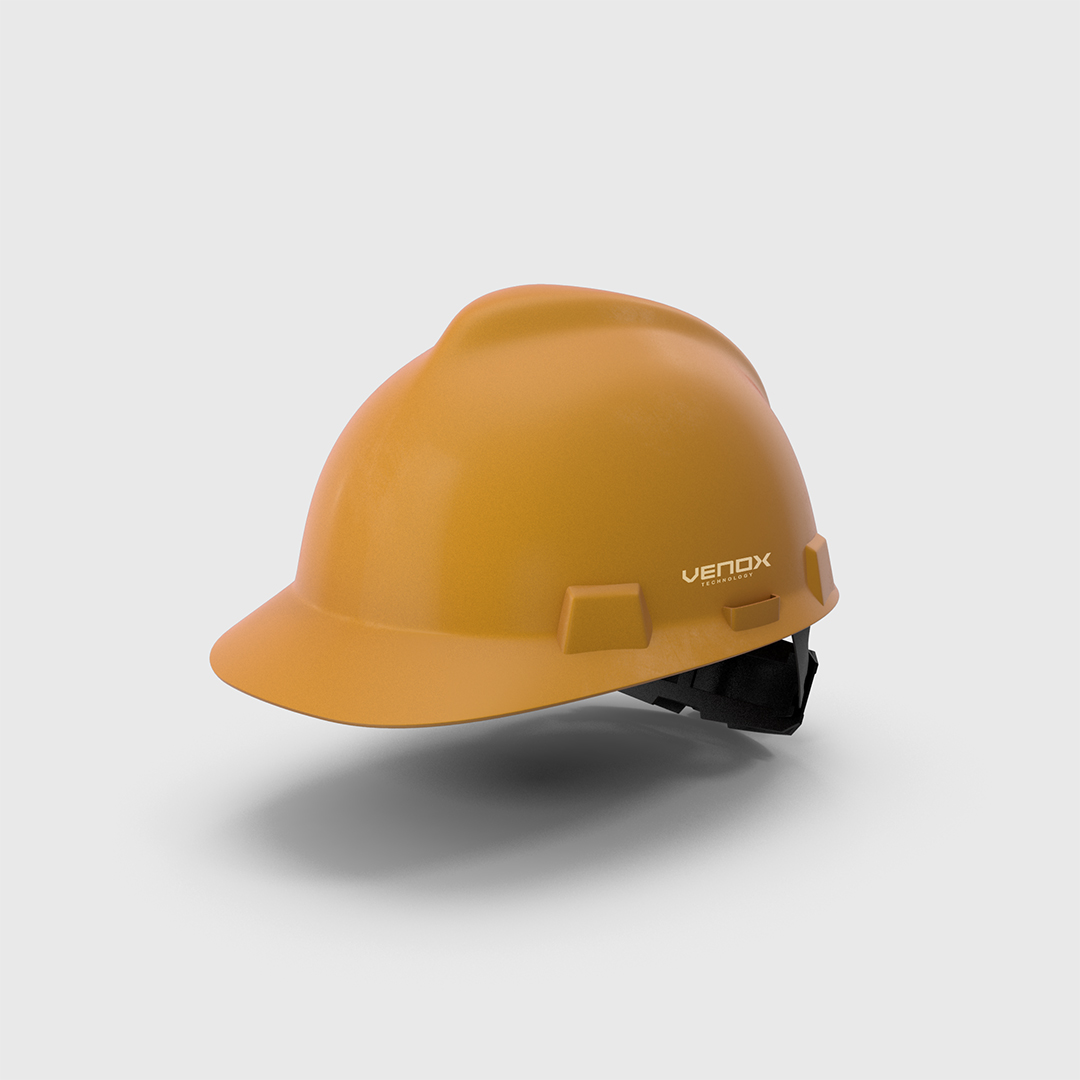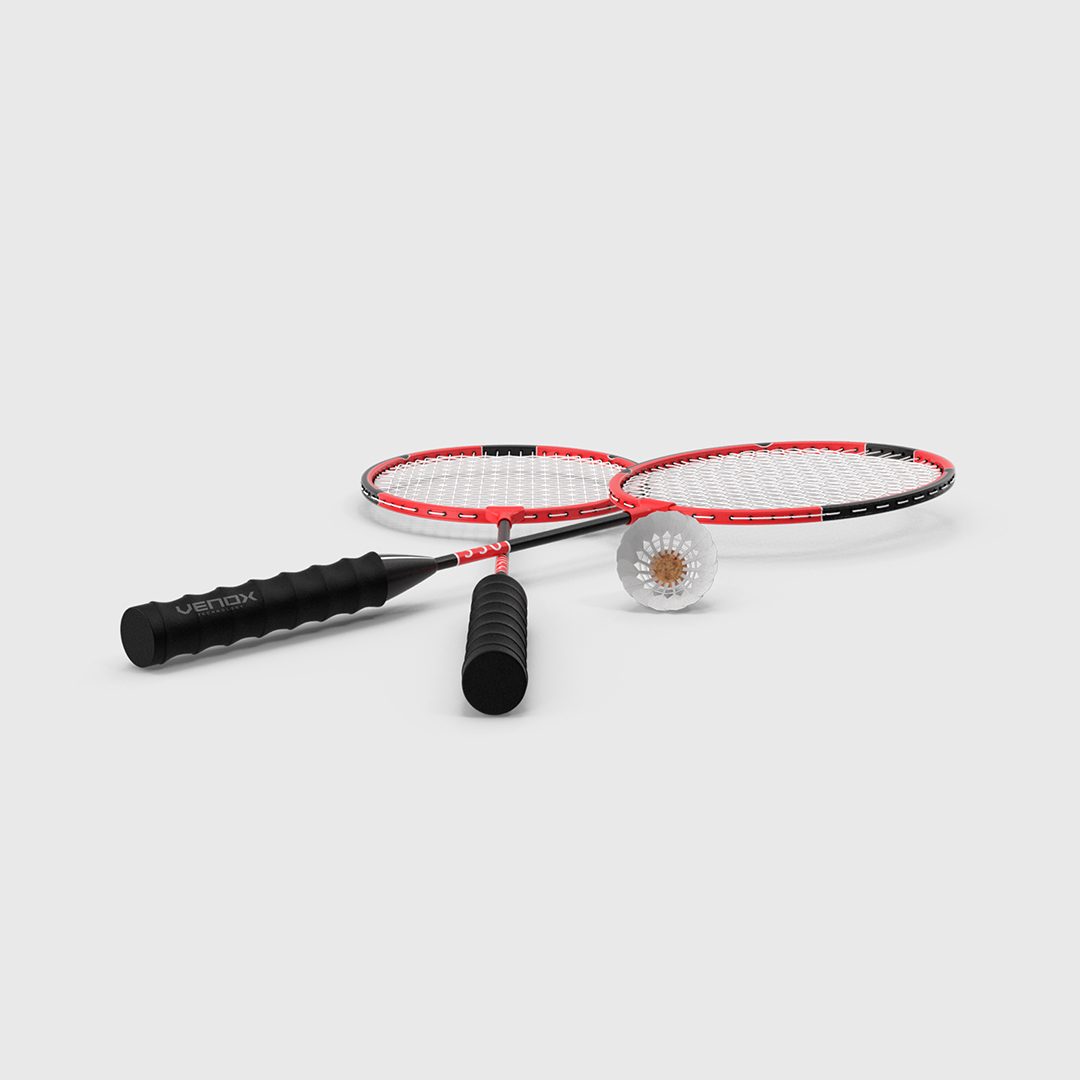The Effect of Laser Marking and Cutting Technology on Composite Materials
Composite materials are engineered materials that gain superior mechanical, chemical, and thermal properties by combining different components. Due to their advantages such as lightweight, high strength, corrosion resistance, and thermal stability, they are widely used in industries such as aerospace, automotive, defense, wind energy, construction, and sporting equipment. While traditional cutting and marking methods are limited and insufficient for composite materials, laser marking and cutting technology offers high precision, speed, and quality in composite processing.
The Effect of Laser Marking on Composite Materials
Laser marking creates permanent markings on composite materials without damaging their surfaces. Traditional methods using chemicals or mechanical pressure can cause cracking, peeling, or degradation of the material. However, laser technology works without contact, enabling precise, durable, and wear-resistant markings on composite surfaces.
Advantages of Laser Marking
- Damage-Free and High Precision Marking: Clear and legible markings can be made without disrupting the delicate structure of composites.
- Durable and Permanent Markings: Serial numbers, barcodes, QR codes, and logos do not fade or wear away over time.
- Contactless Processing: No mechanical abrasion occurs, so there is no damage to the material structure.
- No Ink or Chemicals Required: Provides an environmentally friendly and sustainable production process.
- Compatible with Different Composite Types: Excellent results can be achieved on materials such as carbon fiber (CFRP), glass fiber (GFRP), Kevlar, thermoset, and thermoplastic composites.
